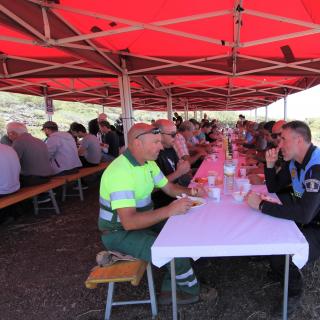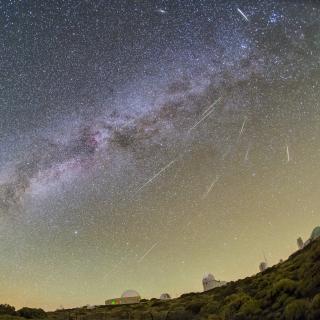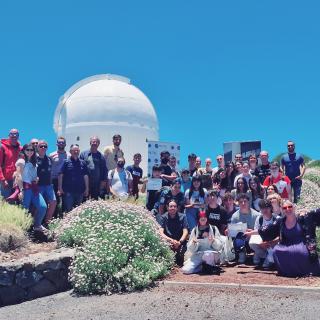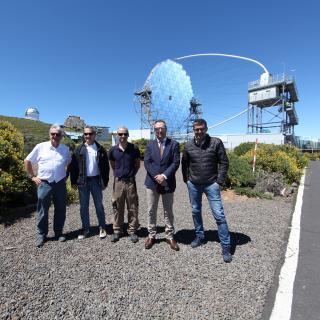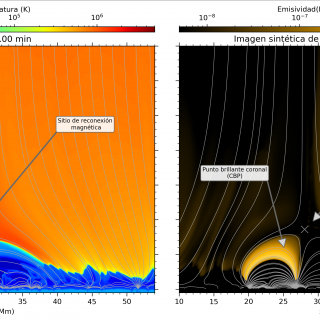
A numerical experiment conducted by two researchers at the Instituto de Astrofísica de Canarias (IAC), Daniel Nöbrega Siverio and Fernando Moreno Insertis, has allowed them to show, for the first time, how one of the most widely distributed structures in the solar atmosphere, the coronal bright points, can form and acquire energy by the action of the solar granulation. When the Sun is observed from space detectors of X-rays or the extreme-ultraviolet, its atmosphere is found to be full of bright points, both during solar active epochs when a large number of sunspots is observed, and during
